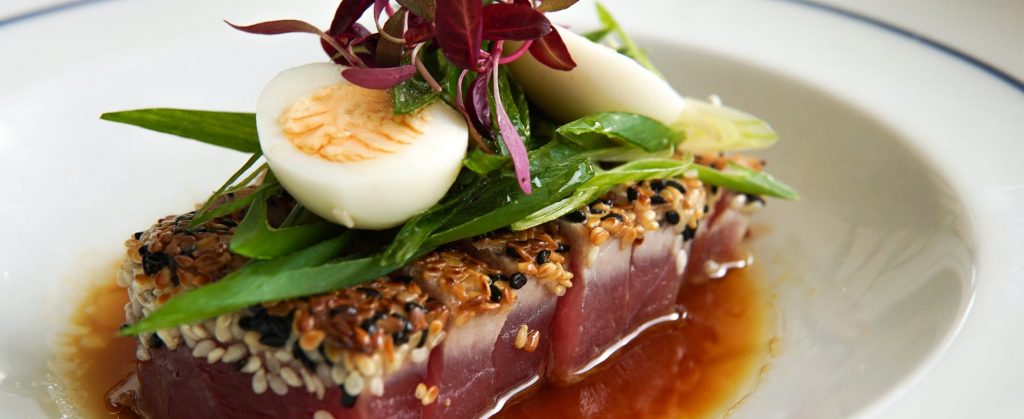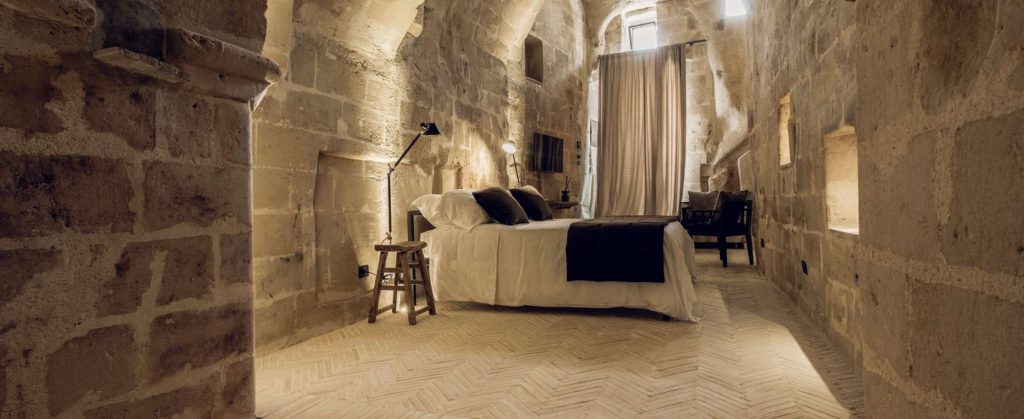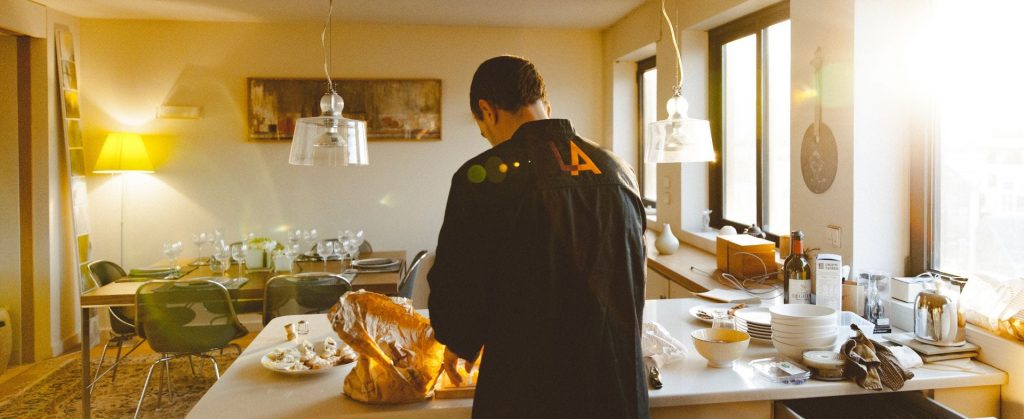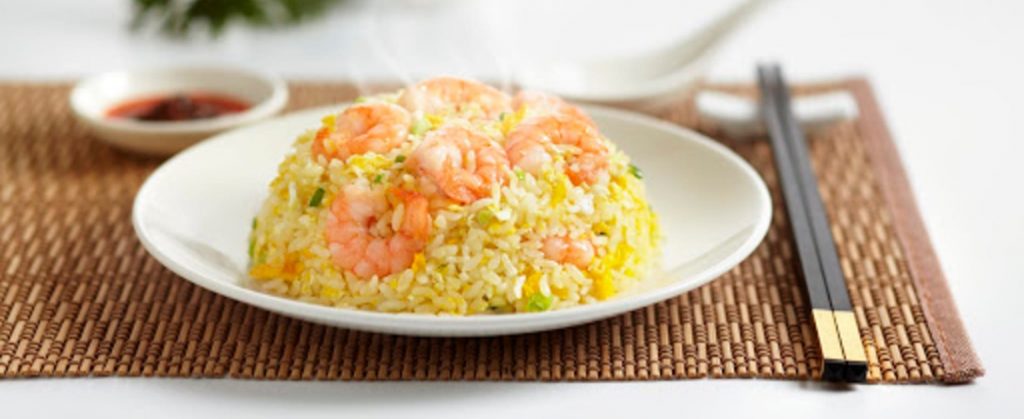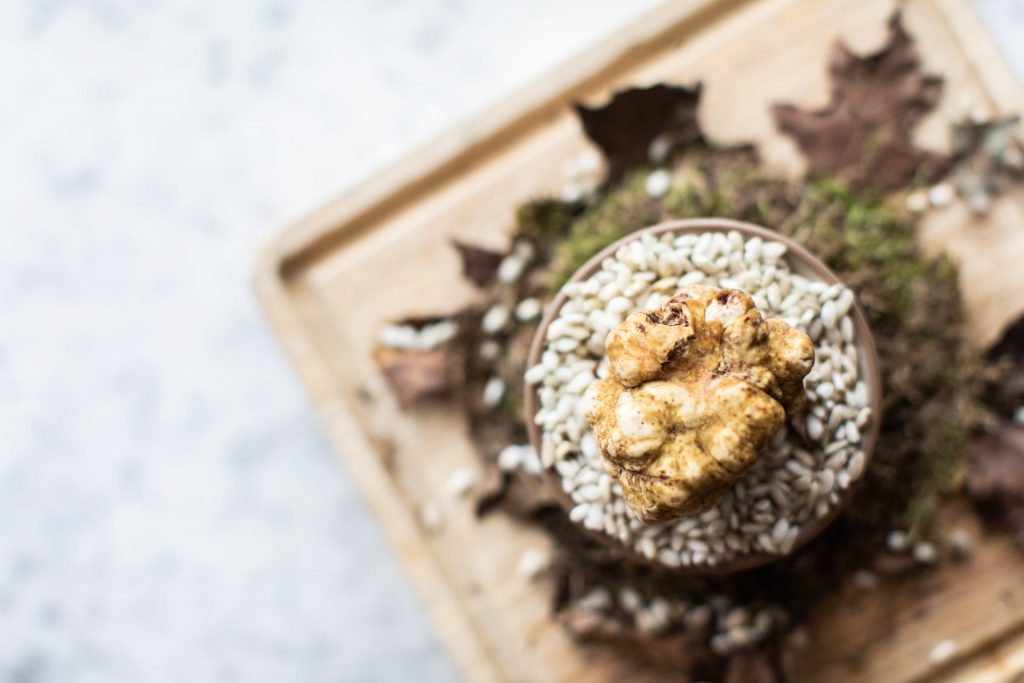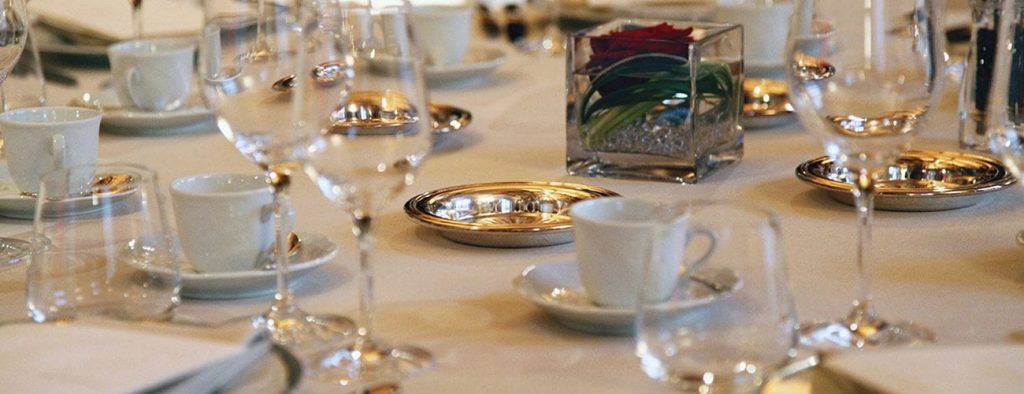I am often asked if I collect wine. To a great extent, I absolutely do. I have stored a number of bottles in a dank, dark, detached part of my garage. I take great care not to expose them to too much light or noise vibrations. I also take great care to keep them on their side and may occasionally stroke them lovingly if no one else is in the vicinity. However from this point onwards the wine collector and I dramatically choose different vinous routes.
It was the wine writer, Lettie Teague, who made me realise exactly what these two paths were which wine lovers can take. The wine collector will usually buy bottles from specific regions and countries, usually aided by a wine specialist and usually have a particular reason in mind when they buy. This goes beyond having something fun to share with friends at a dinner party. As Lettie Teague notes, there is usually a ‘fiscal’ reason for their purchase, since most collectable wine appreciates in value over time. She also points out that collecting wine helps ensure that a wine drinker will have an aged wine on hand that’s ready to drink.
I most definitely am a wine accumulator. Although I have temperature-controlled facilities in my garage – the physical variables such as sunlight and vibrations are not as tempered as they would be in a temperature controlled cellar, warehouse, wine palace…. I can but dream of the latter. I am not dictated by scores, do not have wine lists, have never had my bottles inspected by anyone of any real ‘wine authority’ and I have always been lead with my heart as opposed to my head when purchasing. Ageing Sauternes and Bordeaux make incongruous bedfellows with peppery Gruner Veltliner I enjoyed on a ski holiday or aromatic orange wine from Slovenia which I adored in an East London pop-up. I may buy wines which I know can age wonderfully over the next few years but principally I will buy wines which are interesting, taste great now and which I won’t have to think about when is the ‘right’ occasion to open it up. Too much angst has been spent on this first world problem and I am sure a lot of wine lovers miss the best wine drinking window by doing so.
In that vein, below are a few suggestions of some of my favourite wines from around the world, all different styles and ALL of which can be enjoyed now or laid down for a few years. And all taste infinitely better when shared. I hope you have fun exploring and enjoying – whether it is this week or in 5 years time.
Bubbles: Franciacorta
Franciacorta has to be one of my favourite sparkling wine styles. It has the complexity of Champagne, the food pairing ability of Cava and the ripe fruit of a Prosecco. It is Italian fizz from Lombardy and is made using the same method as Champagne. The wines, made from chardonnay, pinot noir and pinot blanc grapes, are impressively champagne-like, often with slightly softer acidity, masses of bubbles, and a hint of almond, with peach, apples and citrus fruit but finishing dry.
A couple of my favourites:
Bellavista Franciacorta Alma Cuvée Brut NV (£30.00 www.slurp.co.uk)
Franciacorta Brut Casa delle Colonne Millesimato Riserva, Fratelli Berlucchi 2008 (£58.20 www.italianwines.com)
Other very good producers: Pizzini, Barone, Ca’del Bosco
Chenin Blanc – the crowd pleaser grape
I adore Chenin Blanc. Its pristine fruit and good acidity combined with fleshy texture unite Sauvignon Blanc fans and Chardonnay lovers alike. It can be dry or super sweet but always has plenty of acidity which allows it to age beautifully. The Loire Valley make perhaps the most famous dry Chenin and dessert wines, but I think Old Vine Saffa Chenin Blanc deserves its time in the spotlight. South Africa is now making some of the world’s most exciting Chenin Blends and some superb single varietal wine.
For The Purist:
Keermont Estate Riverside Chenin Blanc 2014 (£35.00 www.swig.co.uk)
100% Chenin Blanc from 45 year old vines – an intoxicating combination of honey suckle, butterscotch and racy tension.
For the Patient:
Alheit Vineyards Cartology Chenin Blanc Semillon 2014 (Swig.co.uk, £28; waitrosecellar.com, £29.99; Hedonism.co.uk, £31.30)
Still baby at present – taught and vigorous, with a waxy feel – blossom, quince and beeswax. Aniseed and lemon, a hint of salty earth and white pepper. Delicious at present – in a few years it will be mind blowing.
Riesling – the Geeky Grape
It seems unfair to give one of the greatest grapes such a derogatory sounding name. However, for all its nobility, Riesling is still very much misunderstood. I blame the infamous Blue Nun and Black Tower days of the 80s which has made people consider it to be a banal, sickly sweet specimen. This could not be further from the truth. It can range from steely to voluptuous but is always perfumed, underlined with acidity and can live for decades. The Mosel valley in Germany is the most classic Riesling territory but have fun exploring the grape in Austria, Alsace, South Australia and the Pacific Northwest.
 Riesling Royalty:
Riesling Royalty:
Scharzhofberger, Egon Muller, 2009 (£495.00 for a case of 6 www.bbr.com)
One of the most highly regarded Riesling producers from one of the most famous Riesling vineyards in the Mosel which includes 3 hectares of un-grafted vines from 19th century.
Riesling’s Rising Star:
Richard Bocking, “Devon” Riesling, 2014 (£12.50 www.swig.co.uk)
A family estate now in its 15th generation located on the steep slopes around the Mosel Valley. White peach and lime on the palate, which is plumper than some, but with an animating, dry acid finish.
Chardonnay – Not the butterscotch toffee kind
Chardonnay unfortunately also has suffered from a lot of unfair abuse. I am sure you have heard people quoting ‘ABC’ when ordering wine – Anything But Chardonnay. This again is mainly due to wine trends in the 80s and 90s where New World winemakers in particular thought ‘bigger was better’. Unbalanced, confected, alcoholic fruit bombs were therefore created, especially in California. Things have now changed and California has never been more conscientious about creating wines of authenticity and expression. California has a myriad of cool climates and it is from these sites where it is possible to find some truly thrilling Chardonnay!
Balanced Bounty:
Estate Chardonnay, Talley Arroyo Grande, 2012 (www.armitwines.co.uk £22.00)
Notes of peach, lemon oil, baked brioche and slivered almonds are complemented by minerality true to the Arroyo Grande Valley. The 2012 is generous, soft and accessible, with pretty smoke, spice and honey overtones that add complexity.
Cerebral Chardonnay:
Hirsch Vineyards, Sonoma Coast, 2013 (£53.00 www.robersonwines.com)
Hirsch Vineyards are a Pinot Noir Mecca but they also make incredible Chardonnay known for textural breadth and an intense minerality. Delicious now but would be phenomenal in 10 years’ time.
Reds
Pinot Noir (not from Burgundy)
I love Burgundy but it has become so expensive and vintages can be extremely variable. Why not try some cool climate Aussie Pinot Noir? Due to oncoming climate change the Australians have been especially committed to finding cooler vineyard sites. Due to this, experimentation with aromatic varietals like Pinot Noir and Riesling is becoming more prevalent especially in maritime climates or places with altitude. I have been enjoying Tasmanian sparkling wine for a few years but there are some beautiful pure Pinots out there too!
The Pretty Pinot:
Avance Pinot Noir 2014, Glaetzer Dixon Family Winemakers, Tasmania, Aus.(www.swig.co.uk £25.00)
Dark cherries, brambles and a sprinkle of cocoa. A sprig of mint and herbal edge. Incredible nuanced core with layers of raspberry fruit, smoke, redcurrant jelly and violet. Oh so pretty, with long silken tannins and lifted, floating finish
The Earthy Pinot:
Ten Minutes by Tractor 10x , Pinot Noir, Mornington Peninsula, Aus (www.oxfordwine.co.uk £30) Succulent Morello cherries combine with brambly earthy spice to create a wine that is sumptuous and perfumed now; but will continue to reveal ripe vegetal layers as time goes on.
Priorat – The Ultimate Southern Spanish Blend
The top red blend for me in Northern Spain would have to be from Rioja. I lived and worked there for some time and it will always be a special place for me. However, Priorat captures the soul of Southern Spain. The blends from there exude sumptuous fruit combined with intoxicating liquorice spice, fine grainy tannins and an assertive yet elegant structure. This isolated enclave, spread over craggy cliffs, sparkles with amaretti coloured schist (great for minerality) and is abound with medieval monasteries and villages. The native grapes – ancient Grenache and Carignan vines – provide the backbone of these fine, densely fruity wines, along with Cabernet and Merlot.
Viatge al Priorat, Joan Simo, Porrera, Priorat 2014 (www.swig.co.uk £19.00)
A small family run winery built on fabulous yet dangerously steep schistous slopes. There’s cherry preserve, raspberry compote, cinnamon spice and cacao nibs, with some graphite and black slate notes. An almighty structure, yet still approachable. Although I would recommend decanting.
The Godfather
Clos Mogador, Renee Barbier, 2010 (www.robersonwines.com £52.00)
This incredible wine is made from one of the pioneers of the Priorat region. This is the perfect example of what this area does best. The wine’s body and flavour may remind some of Chateauneuf du Pape. Cherry fruits abound with peppery flourishes and a refreshing minerality complete with fine tannins. Allow at least 2 hour of decanting before serving!
Mount Etna Reds – Something for the Adventurous
Sicily has to be one of my favourite places in the world. A melting pot of heritage, culture, flavours and terroir – it is every wine and food lover’s dream! In addition to being the home of one of the most active volcanoes in the world – it’s one of the most dynamic winegrowing regions on the island. There has been a recent renaissance of winemaking on this volcano – the volcano has produced some exceptional good soils and there is a renewed interest in the native grapes there – Nerello Mascalese and Nerello Cappuccio. The former is most often compared to Pinot Noir in terms of texture and aroma. The latter is credited with a fruity charm and softness. Blended together these grapes make some of the most haunting, complex and age worthy reds out there.
Archineri, Etna Rosso, Pietradolce, 2013 (www.armitwines.co.uk £26.00)
The Tim Burtonesque label says it all. This 100% Nerello Mascalese is one of the most enticing and nuanced wine that I have tasted from Etna. Suggestive, but very intense with dried strawberry, fresh cedar and floral aromas. Extremely pretty with silky tannins; the ancient vines deliver wonderful depth and richness.
Tenuta delle Terre Nere – I would recommend any red from this Mount Etna winery. A wide range of their reds can be found at Justerini and Brooks – www.justerinis.com
A well known and much heralded Mount Etna Winery. At Terre Nerre (which translates roughly as “farm of the black earth,” in honour of the volcanic soils), this winery produce a number of intriguing reds marked with bright acidity, earthiness and intoxicating floral spice. Some call it the Burgundy of Italy. I would have to disagree. YES, these wines are elegant and reflect their volcanic terrain – but they very much occupy their own, smouldering and enticing space.
 Amelia Singer is a Wine consultant, Educator, TV Presenter of ITV’s The Wine Show and Founder of Amelia’s – an event business which offers a range of authentic, fun, helpful and ultimately accessible wine tasting.
Amelia Singer is a Wine consultant, Educator, TV Presenter of ITV’s The Wine Show and Founder of Amelia’s – an event business which offers a range of authentic, fun, helpful and ultimately accessible wine tasting.


